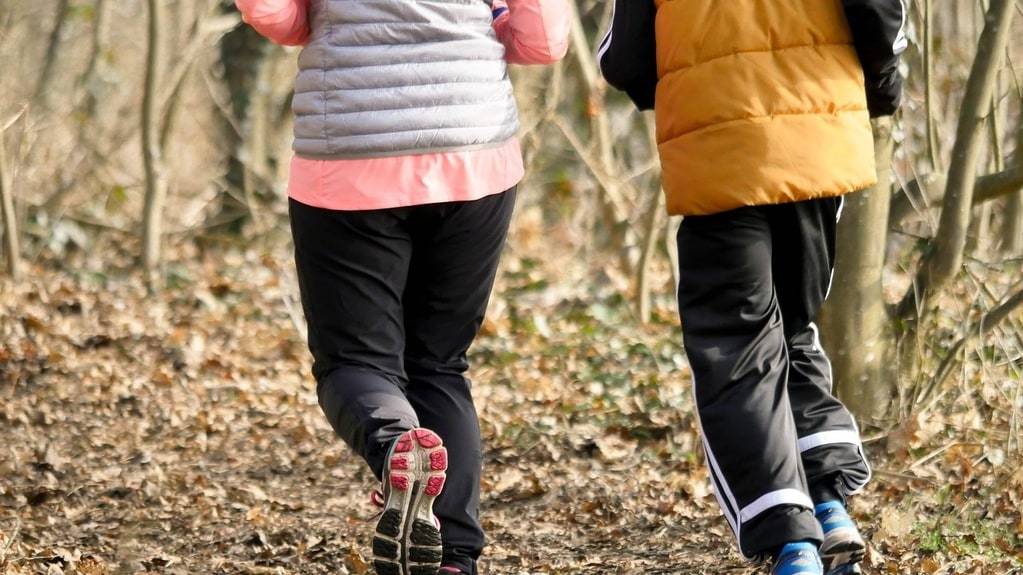Endurance is not just a measure of one’s physical fitness but also a testament to mental strength and focus. Training the body to withstand prolonged physical activity is one thing, but often overlooked is the role of breathing in enhancing endurance. Breathwork can transform athletic performance by optimizing oxygen intake and improving mental resilience. This article explores various techniques and strategies for training breath, which can significantly boost endurance levels.
Optimizing Breath for Enhanced Endurance
Breathing, an automatic yet vital process, plays a pivotal role in endurance sports. Understanding how to harness the power of breath can unlock new levels of performance. Many athletes find themselves gasping for air during intense workouts, which can lead to fatigue and decreased stamina. Learning to control and optimize breathing can lead to more efficient energy use and sustained physical exertion over longer periods.
Proper breathing techniques can prevent the buildup of carbon dioxide in the blood, which often causes fatigue and muscle cramps. Additionally, maintaining a steady rhythm of breath can help in managing stress and staying calm under pressure. When the body is engaged in physical exertion, controlled breathing ensures a consistent supply of oxygen to the muscles, delaying the onset of fatigue.

Breathing Techniques for Athletes
Incorporating specific breathing practices into a training regimen can enhance an athlete’s overall performance. One effective method is diaphragmatic breathing, which involves deep breathing that engages the diaphragm, fully expanding the lungs. This technique increases lung capacity and oxygen intake, proving beneficial during endurance activities.
Another approach is rhythmic breathing, which aligns breath with movement. For example, during a run, synchronizing breaths with strides can help in maintaining a steady pace and conserving energy. This method reduces the impact on the body and minimizes the risk of injury.
In addition to these, incorporating breath-holding exercises can condition the body to tolerate higher levels of carbon dioxide, which is often a limiting factor in endurance sports. Such exercises should be practiced with caution and under guidance to avoid hyperventilation and other risks.
Benefits of Breath Training
The benefits of breath training extend beyond just physical endurance. Athletes often experience improved mental clarity and focus as a result of effective breath control. Mindful breathing practices can lead to reduced anxiety and increased concentration levels, which are invaluable during competitions.
Furthermore, consistent breath training can enhance lung capacity and efficiency, allowing athletes to maintain higher levels of performance for more extended periods. The ability to control breathing in stressful situations can also contribute to quicker recovery times after intense activities.
- Improved oxygen intake and delivery to muscles
- Enhanced mental focus and reduced stress
- Increased lung capacity and efficiency
- Better management of energy and pace
- Reduced risk of injuries through rhythmic breathing
Integrating Breathwork into Training
To maximize the benefits of breath training, athletes should integrate these techniques into their regular training routines. Starting with simple exercises, such as focusing on breathing patterns during warm-ups and cool-downs, can establish a foundation for more advanced practices.
Tracking progress and adjusting techniques as needed will provide insights into what works best for each individual. Consistency in practice is key to unlocking the full potential of breath training. As athletes become more comfortable with these methods, they can incorporate breathwork into more challenging scenarios, such as during high-intensity interval training.
Finally, seeking guidance from professionals who specialize in breath training can offer personalized insights and techniques tailored to specific sports and individual needs. This targeted approach ensures that athletes not only improve their endurance but also achieve overall better performance in their respective disciplines.
